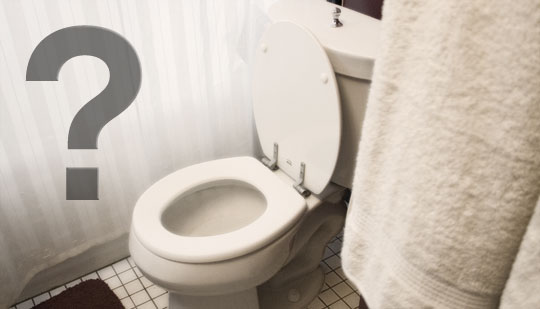Toilet Training: Is My Child Ready???
 There are several stages of potty training. They begin with showing signs of potty training readiness and conclude with being able to use the toilet away from home.
There are several stages of potty training. They begin with showing signs of potty training readiness and conclude with being able to use the toilet away from home.
The first stage of potty training begins when your child shows the following signs of potty training readiness:
- Can process a sequence of 2-3
- Expresses an interest in using the potty
- Notices when diapers are wet or soiled
- Pull pants up and down by him or her self
- Stays dry for about two hours at a time
- Expresses the need to go potty (or indicate that he/she just has)
- Expresses an interest in cotton underwear
- Has predictable bowel movements
- Tries to imitate other family members
It is generally best to have the child start training on the toilet rather than using a “potty chair” or special seat. This avoids having to transition from one method to another.
If the child is small, you may want to face him or her towards the back of the toilet so they will have more stability. It may also be necessary to unhook the flusher so they do not flush repeatedly.
Training should happen when the child can be at home and there are few distractions. It is a good idea to have the child in cotton underwear or boxer shorts. Start by increasing the amount of fluid intake. Determine the best schedule by looking at your child’s “input vs. output”. Generally every 45 minutes to an hour is optimum.
Initially, you can have the child sit on the toilet until they are able to “go pee”. Simply talk to him or her about what they are going to do rather than reading with them or otherwise occupying their time. Once the child has gone, take them off the toilet and tell them “good job!” but do not “throw a party” as this can “backfire”.
Once your child has the idea that they will sit until they “go”, the process will be much faster and the time spent sitting will drop significantly. Until such time, it may be necessary for you to put him or her on the toilet as much as every hour depending on their fluid intake.
Hand washing/ drying and dressing/ undressing should be up to the caregiver or parent until the child has had at least one week of successes and dry pants. Once you are ready to add the other steps, do them one at a time.
Nighttime dryness is easy to accomplish once you have established that the child is not to “wet” the cotton underwear. You can then put the underwear under the diaper and use a baby sound monitor for nighttime. When you hear the child stirring you should take them in to the toilet without turning on lights or talking to them. After they have “gone” put them back in bed and leave the room. It will not be long before they will be able to “go” on their own or “hold it” until they wake in the morning.
While this method may work for many, every child is different. We recommend you contact your evaluator to decide if this is the best method for your child prior to starting the process.
Alison Wimmer – NACD UTAH



